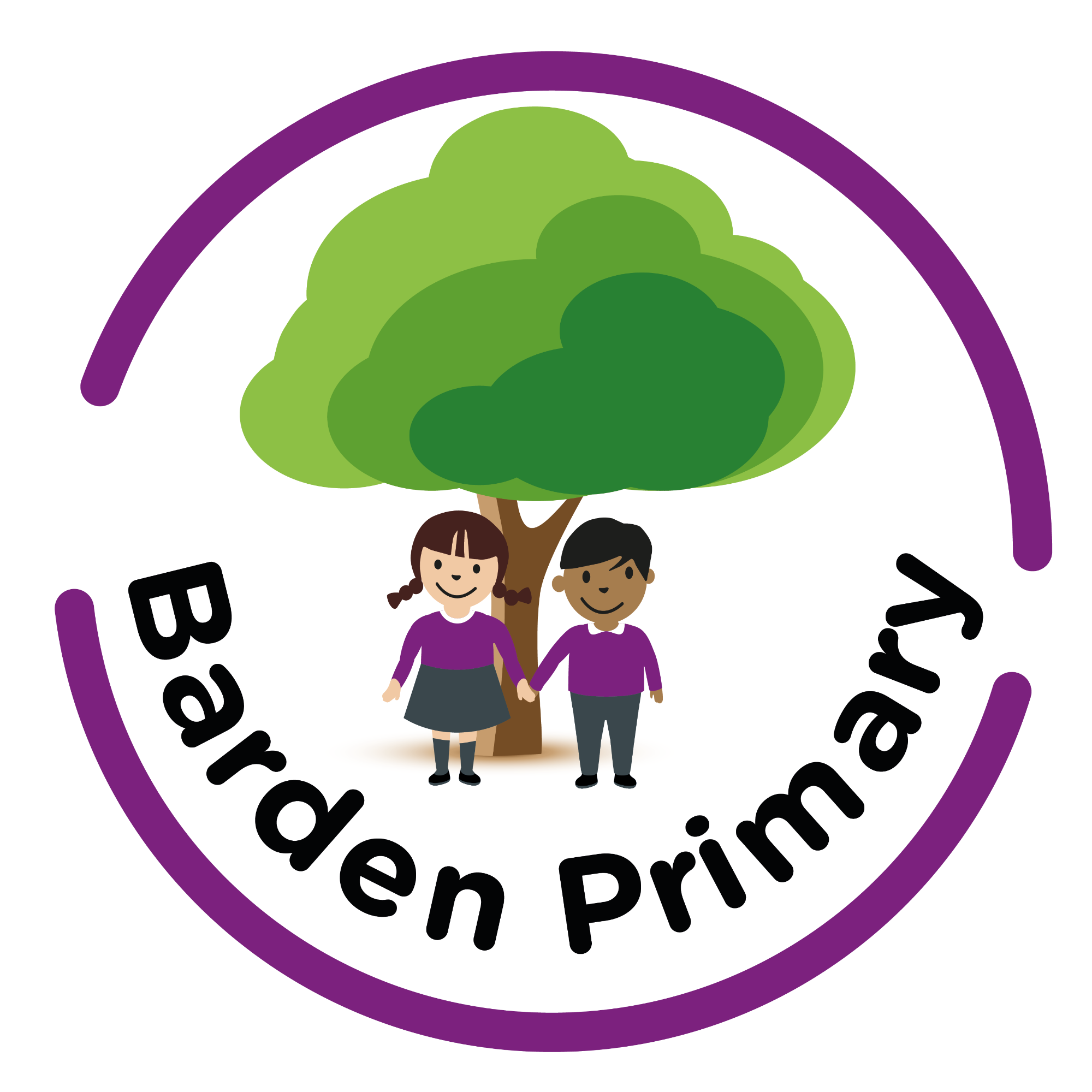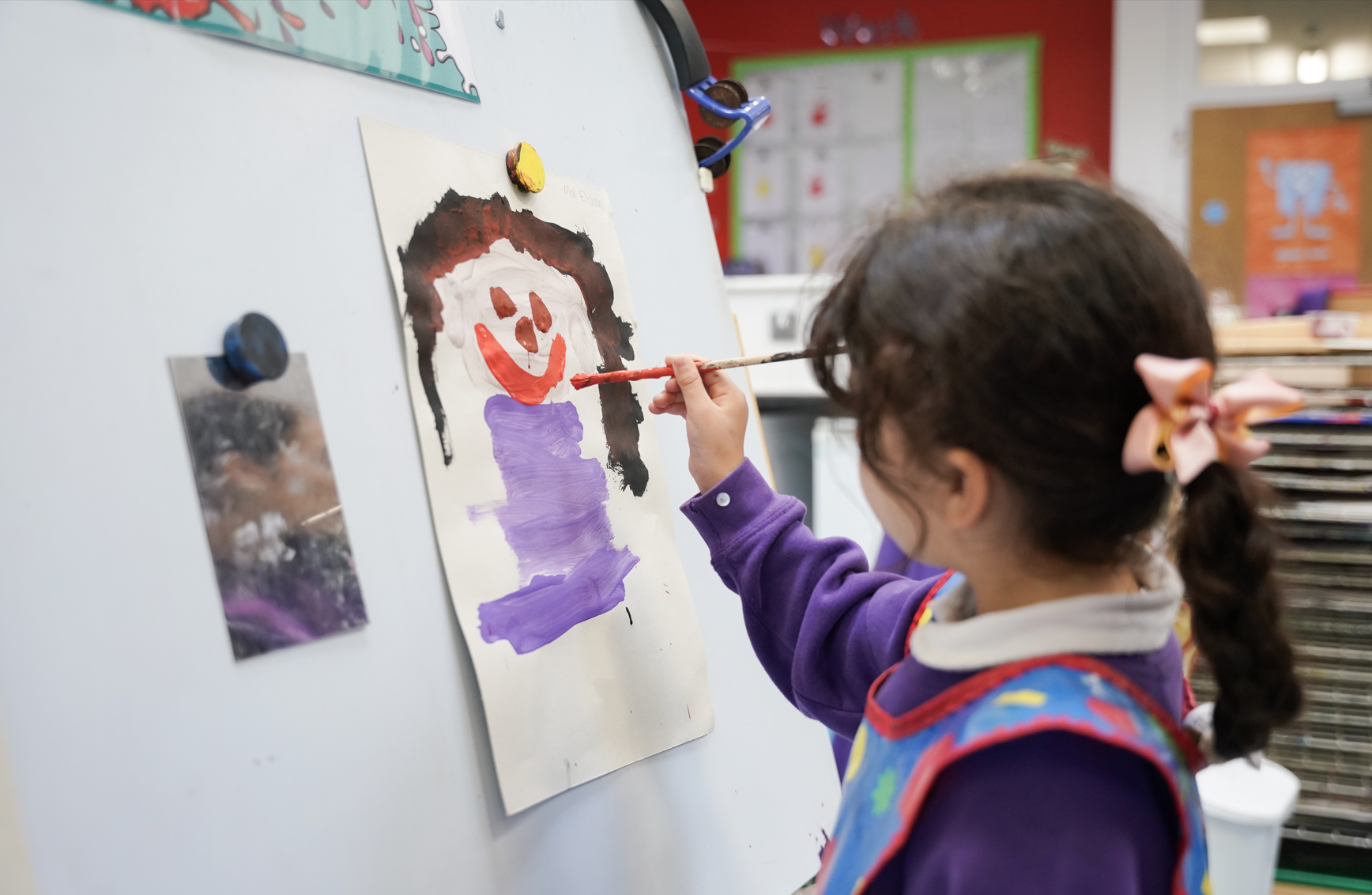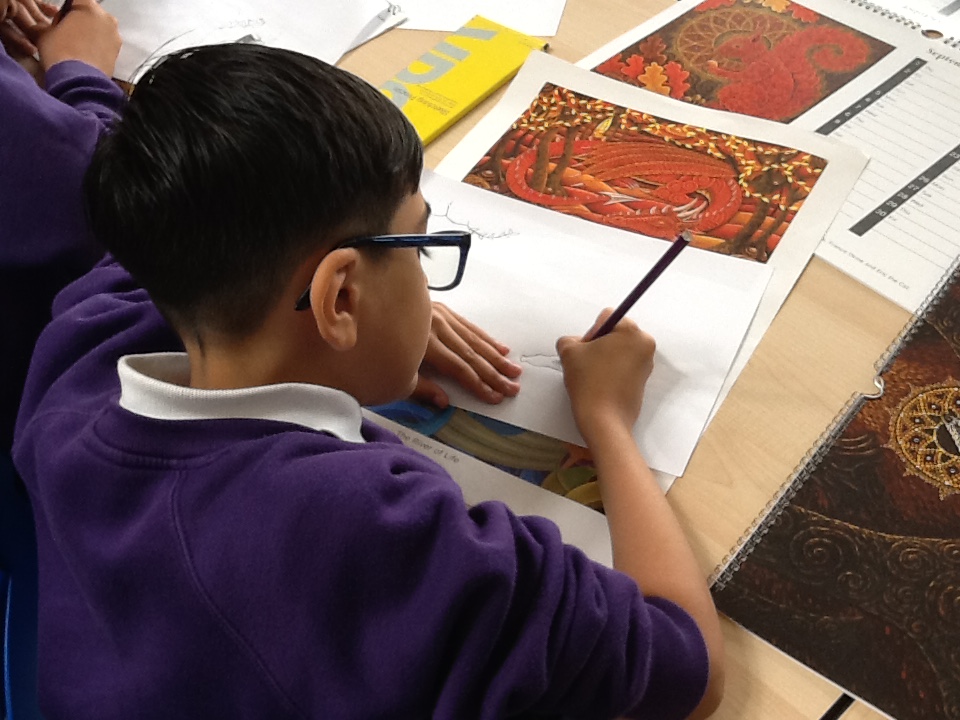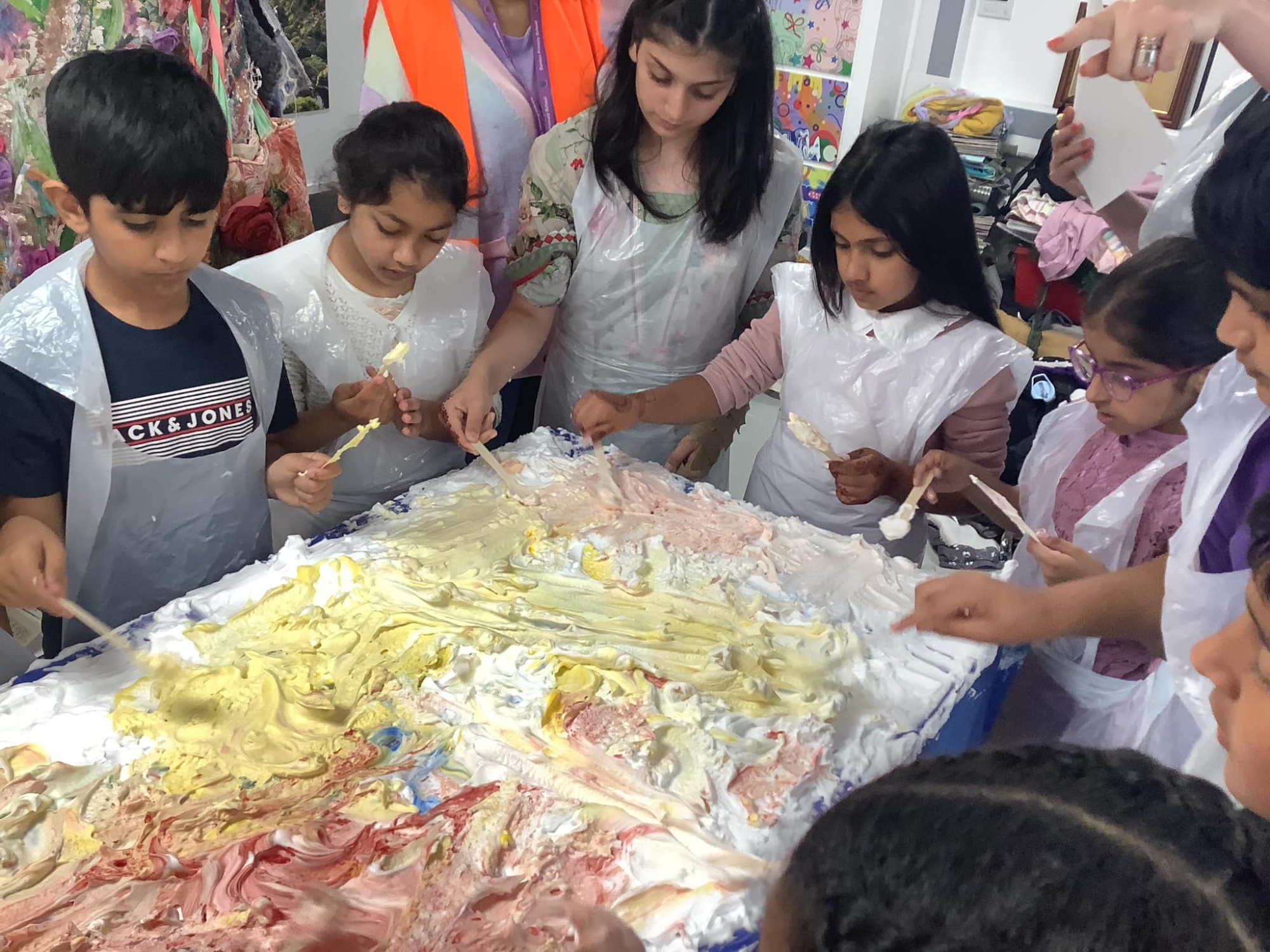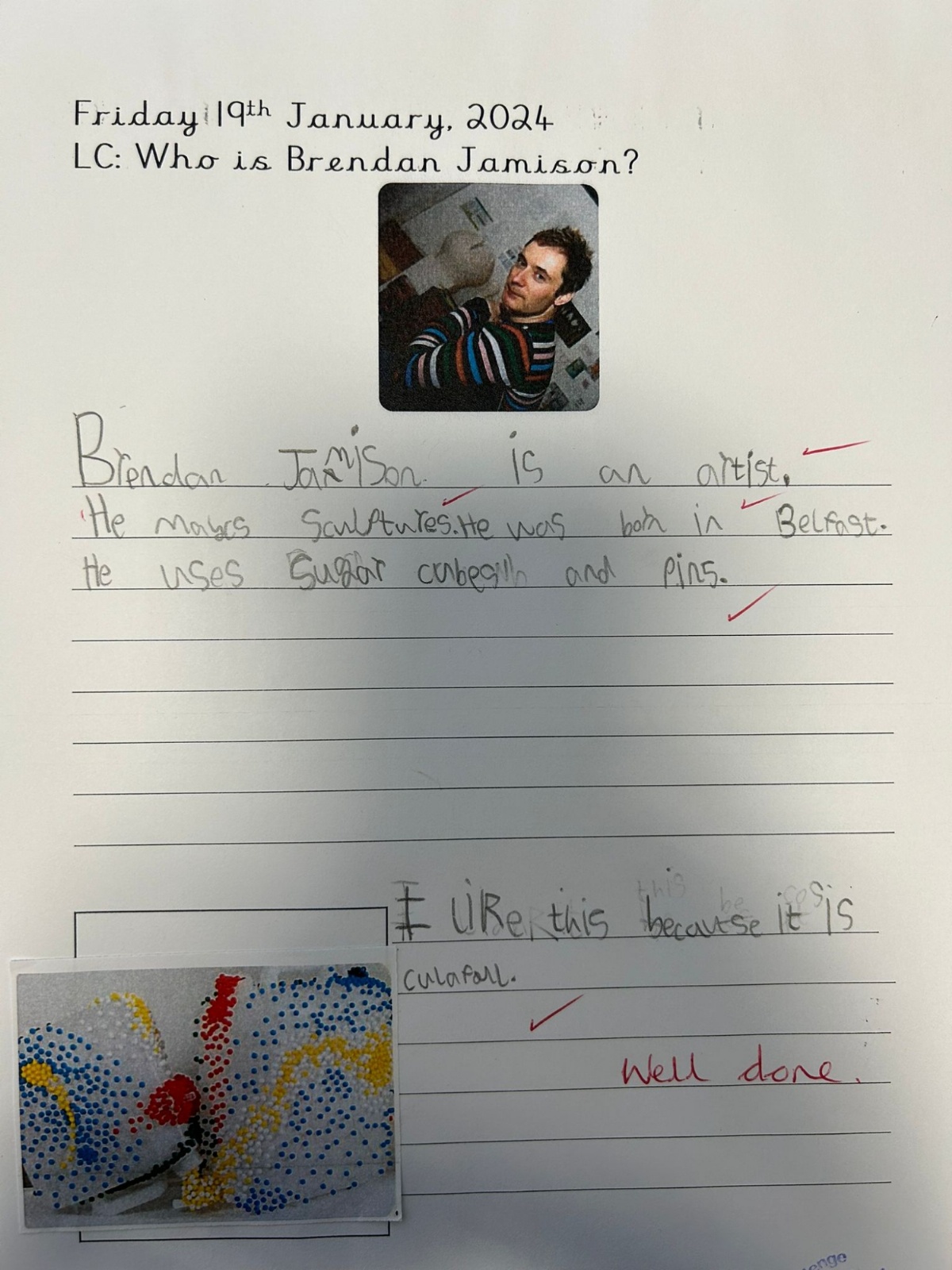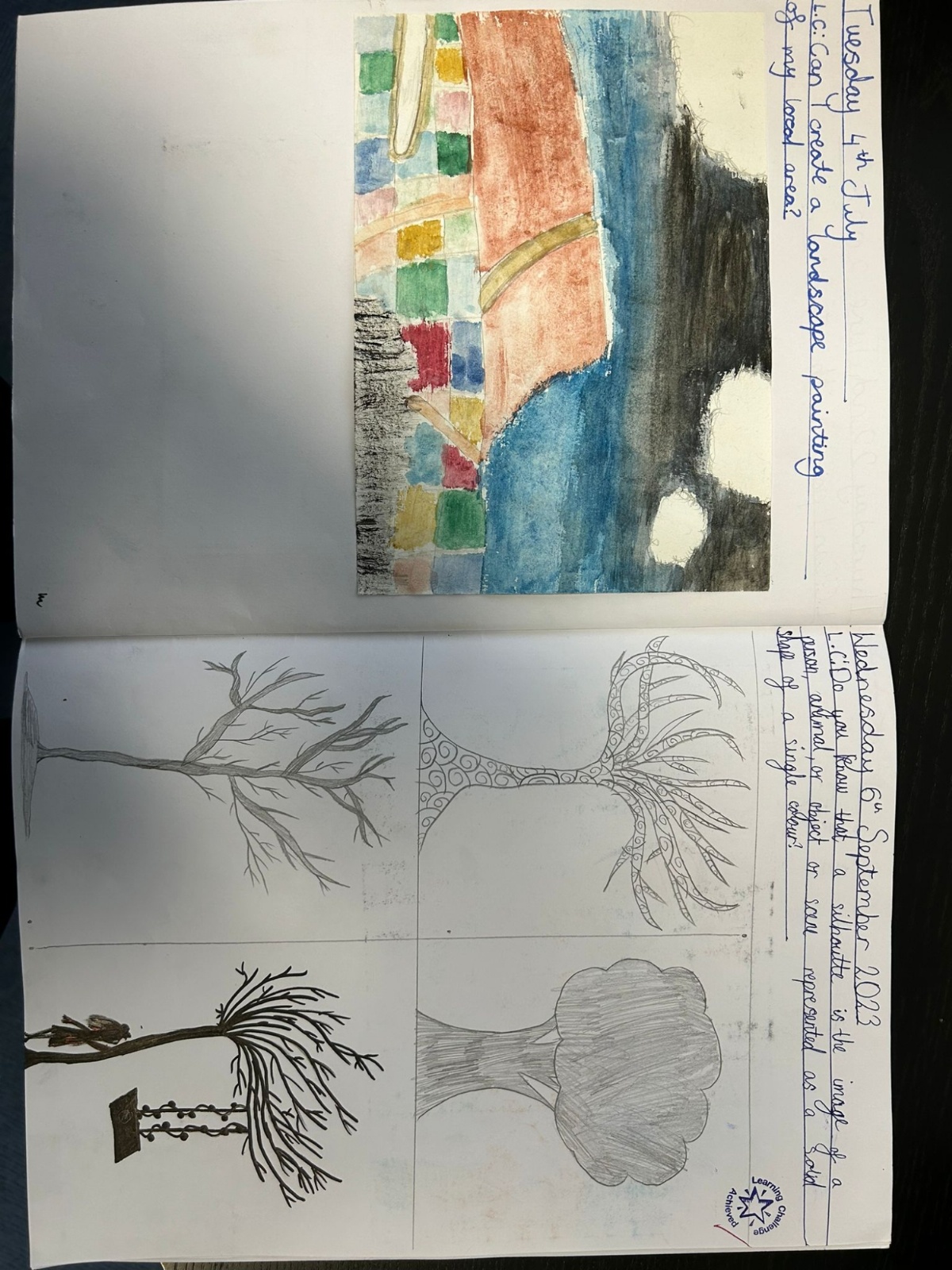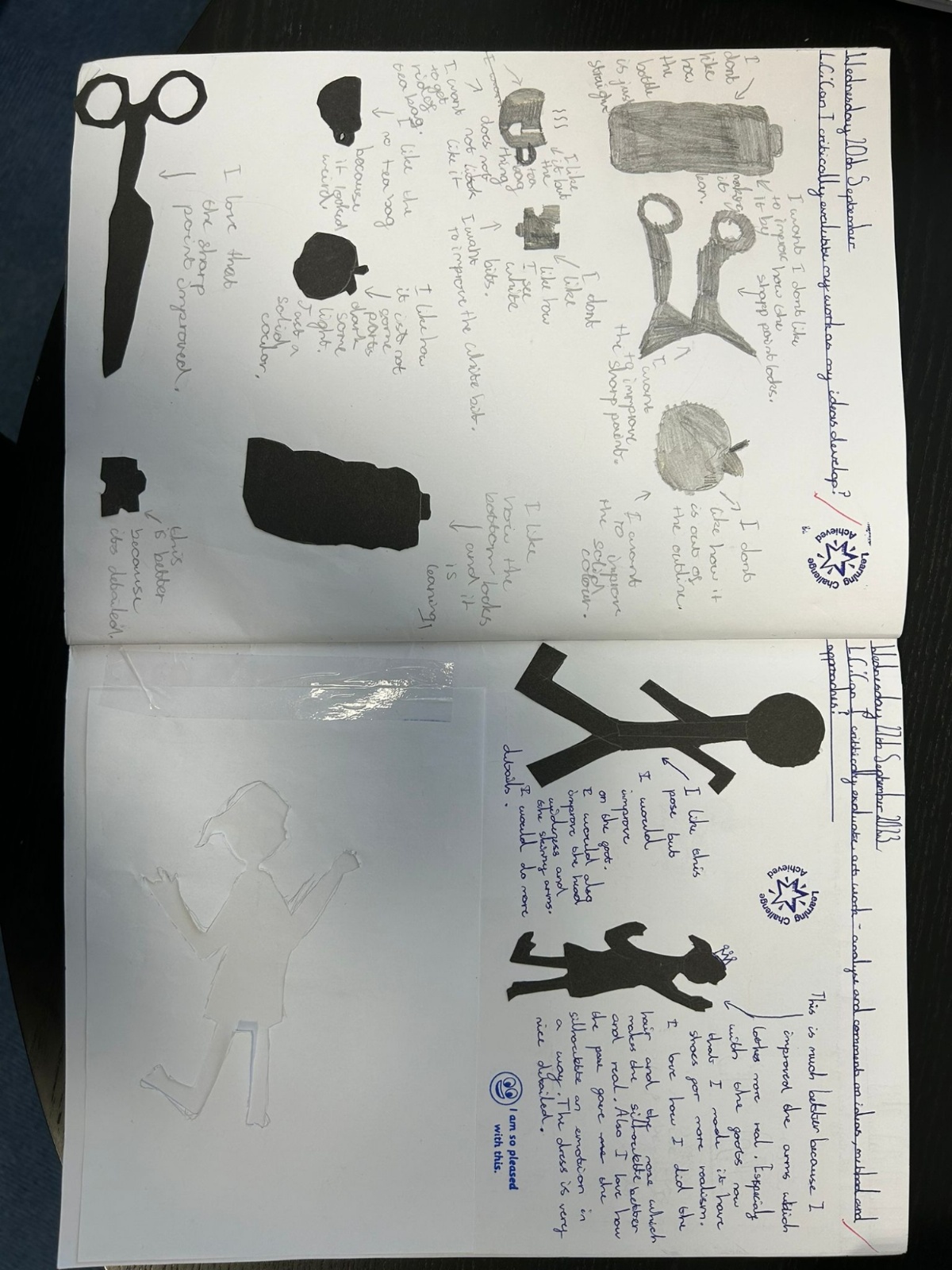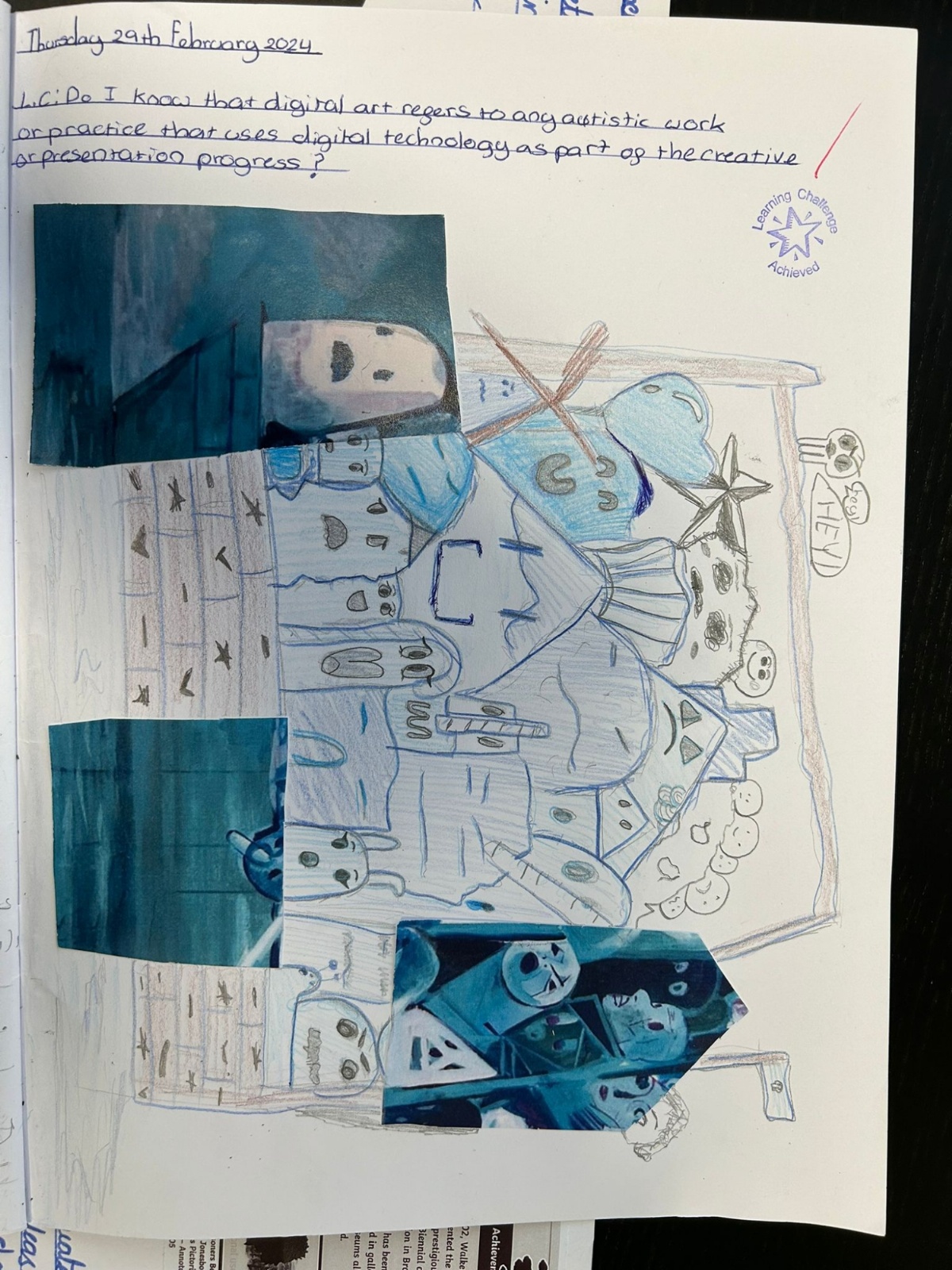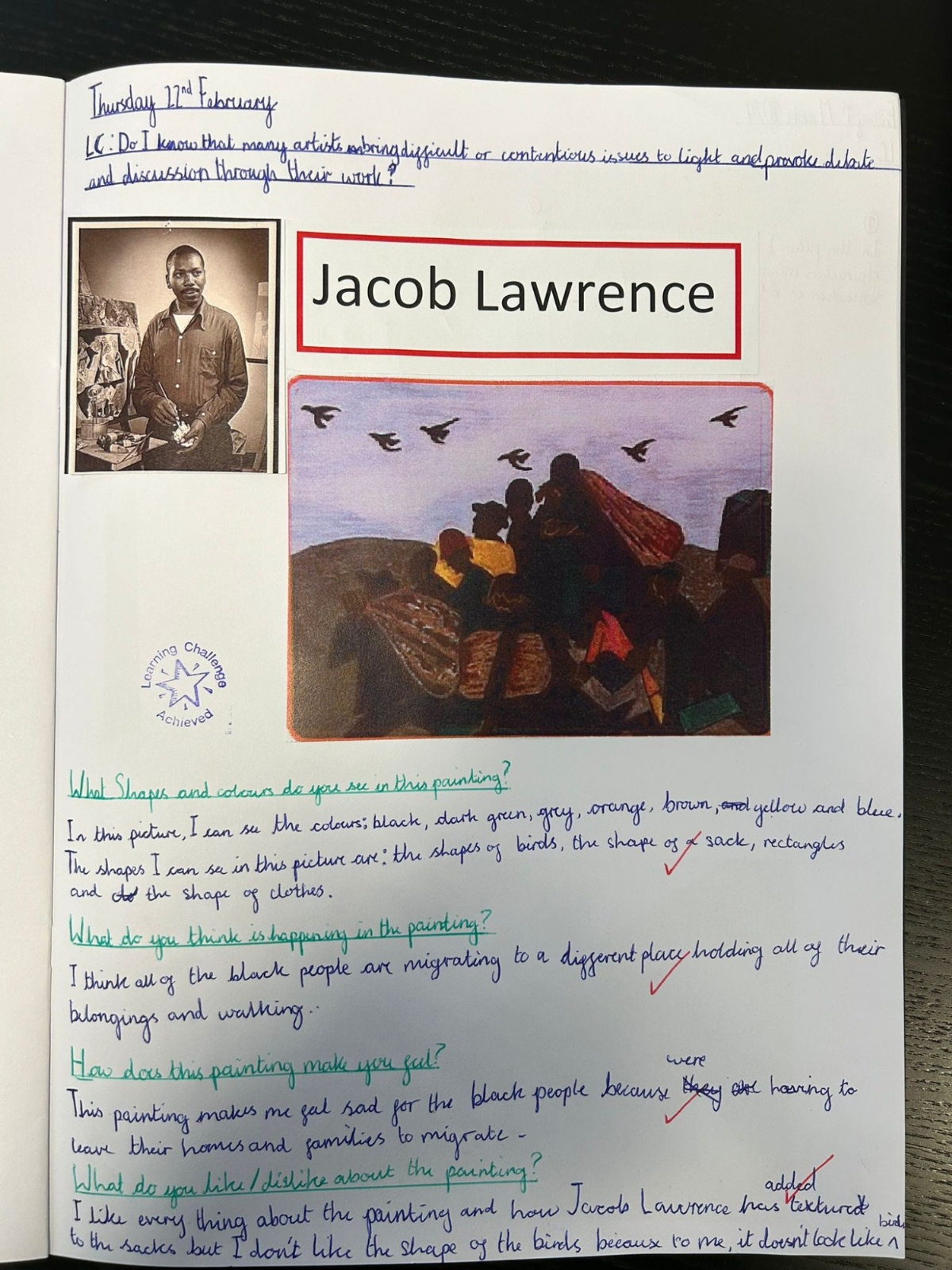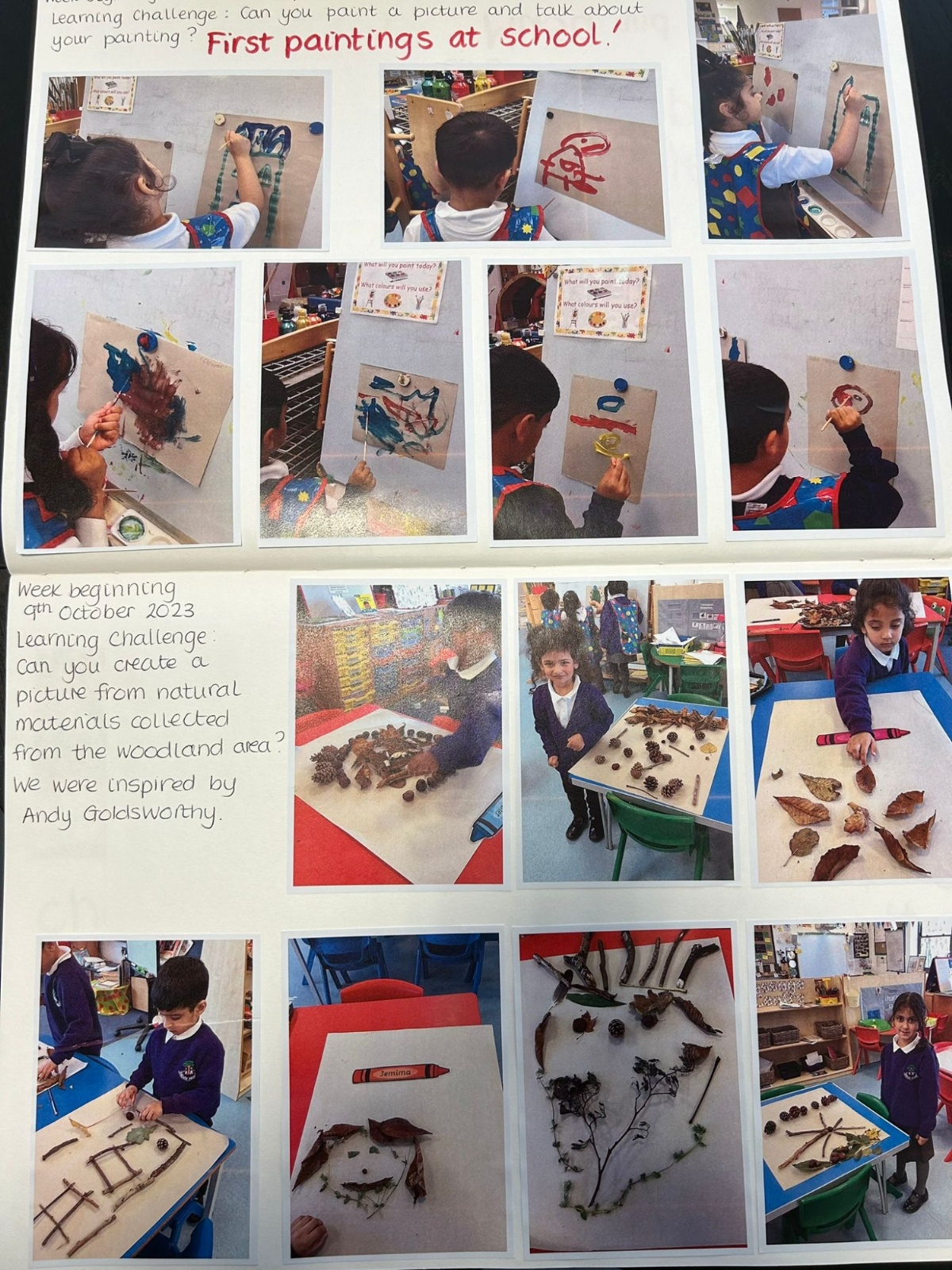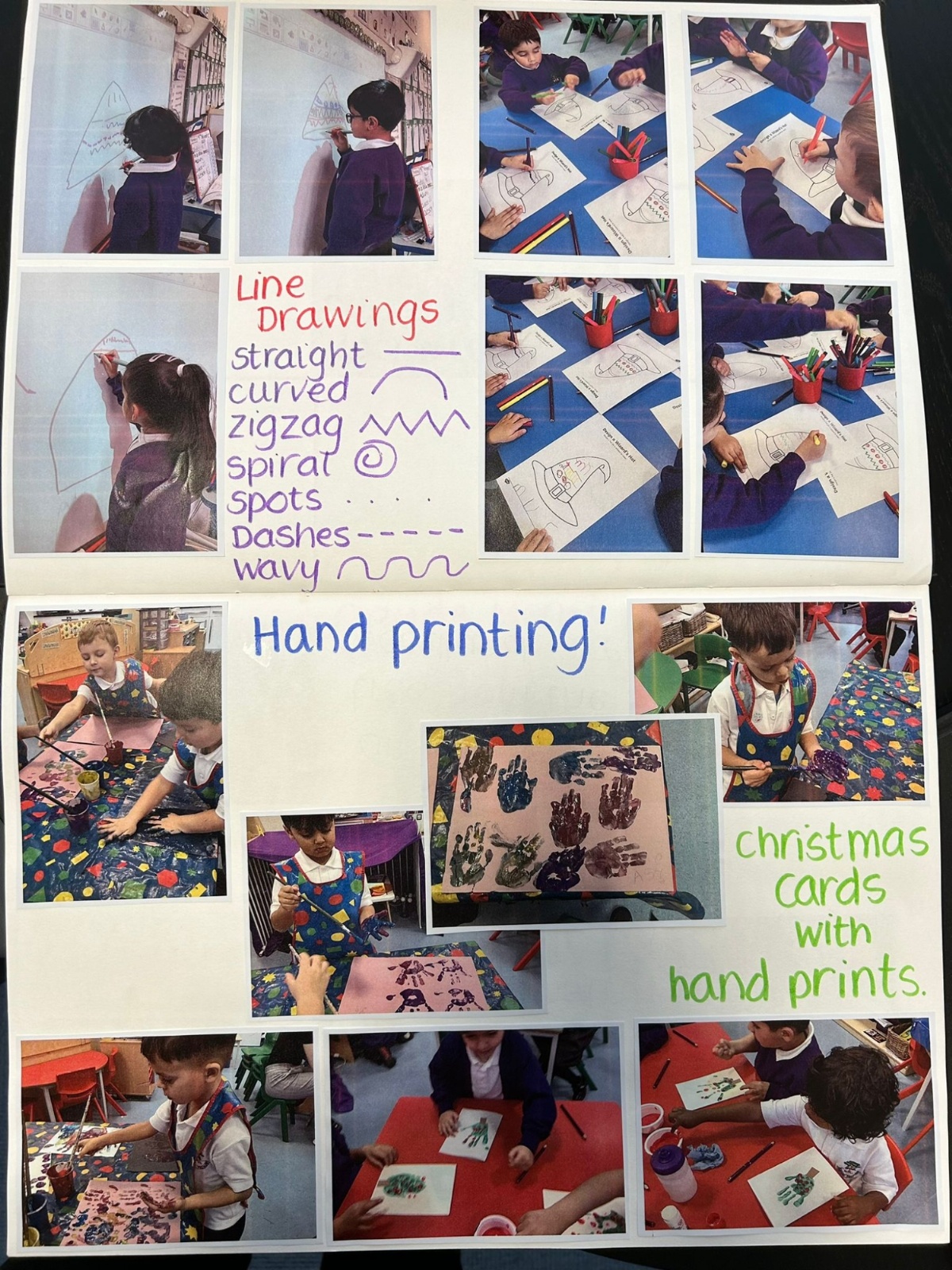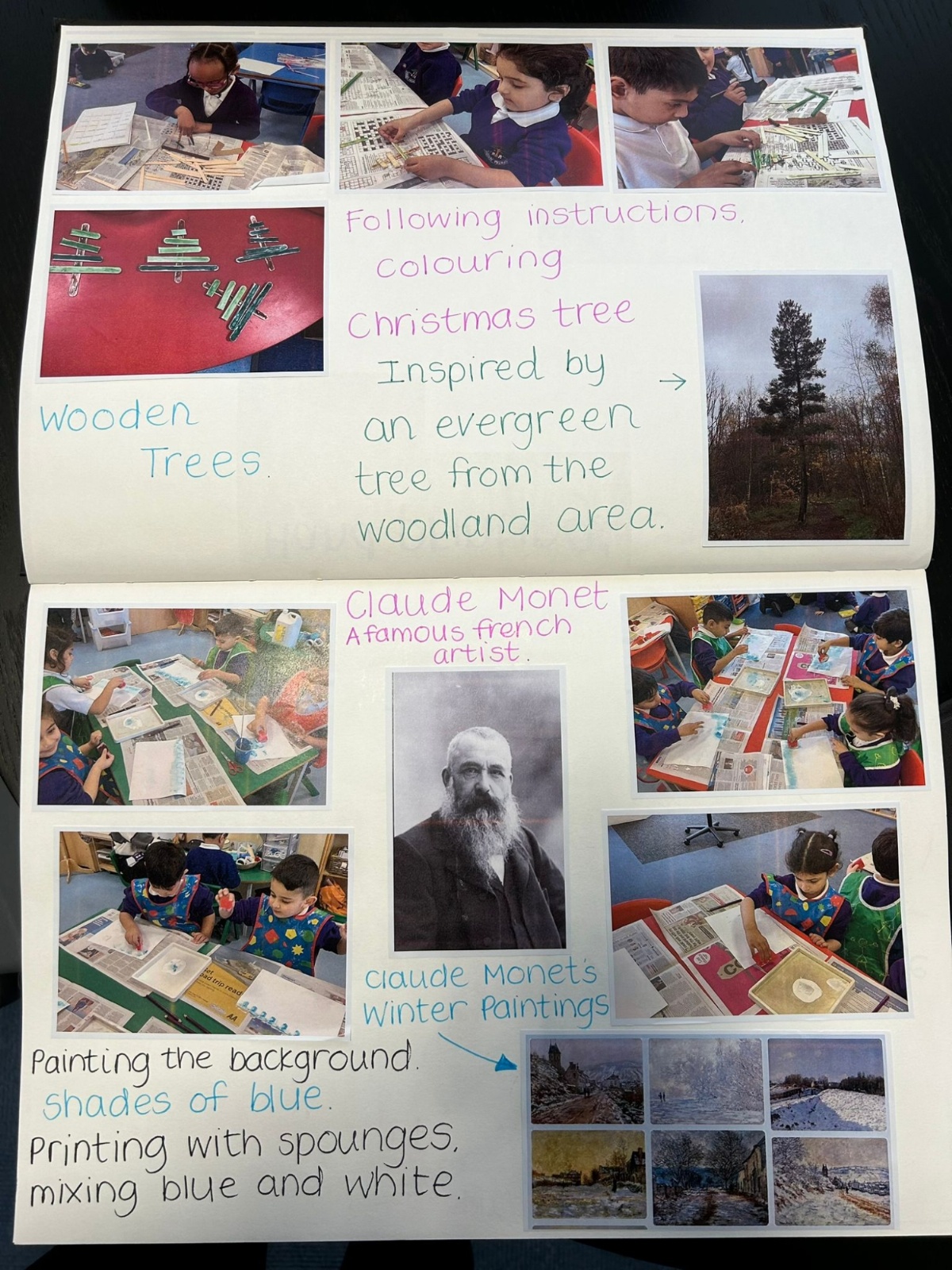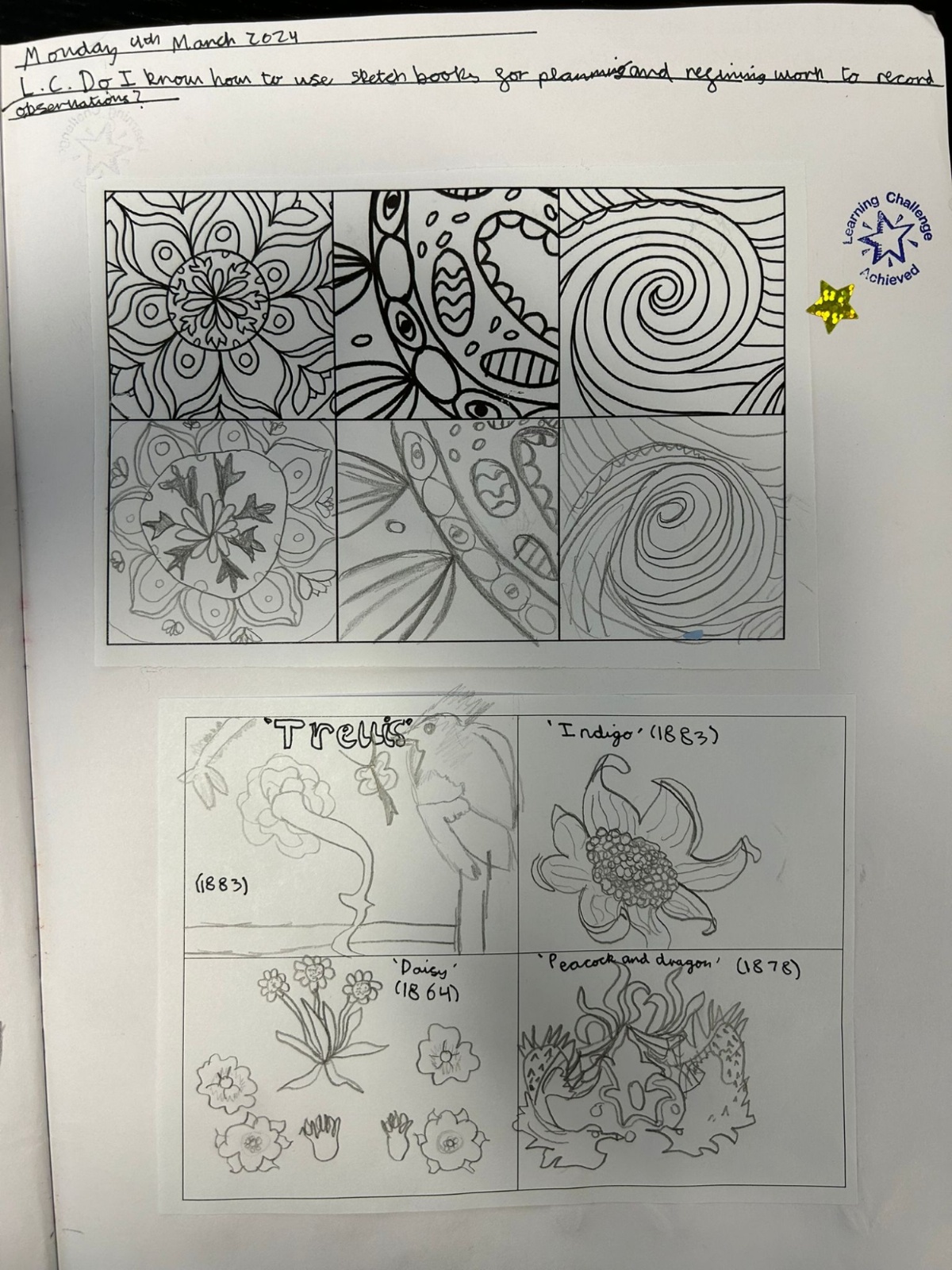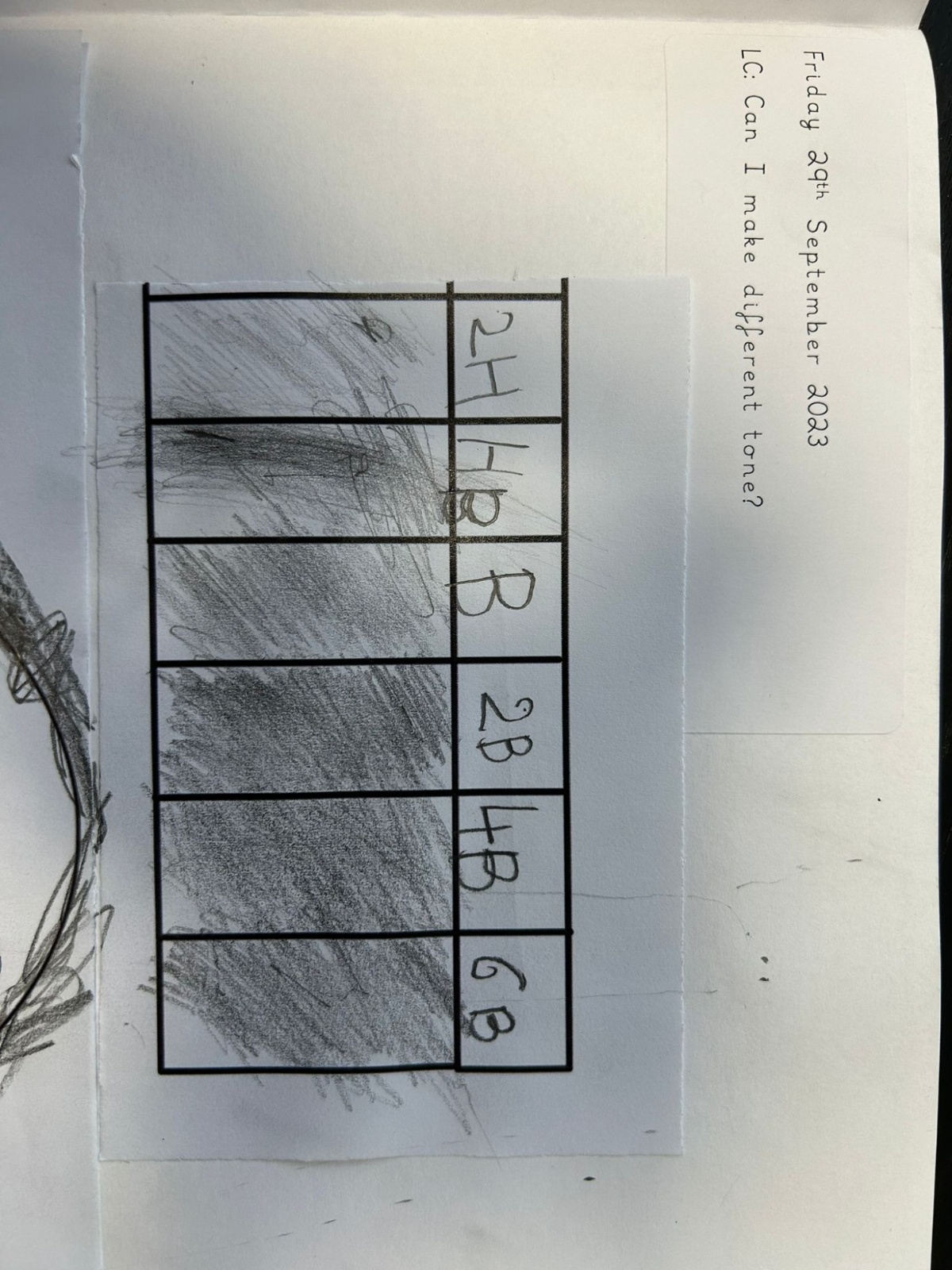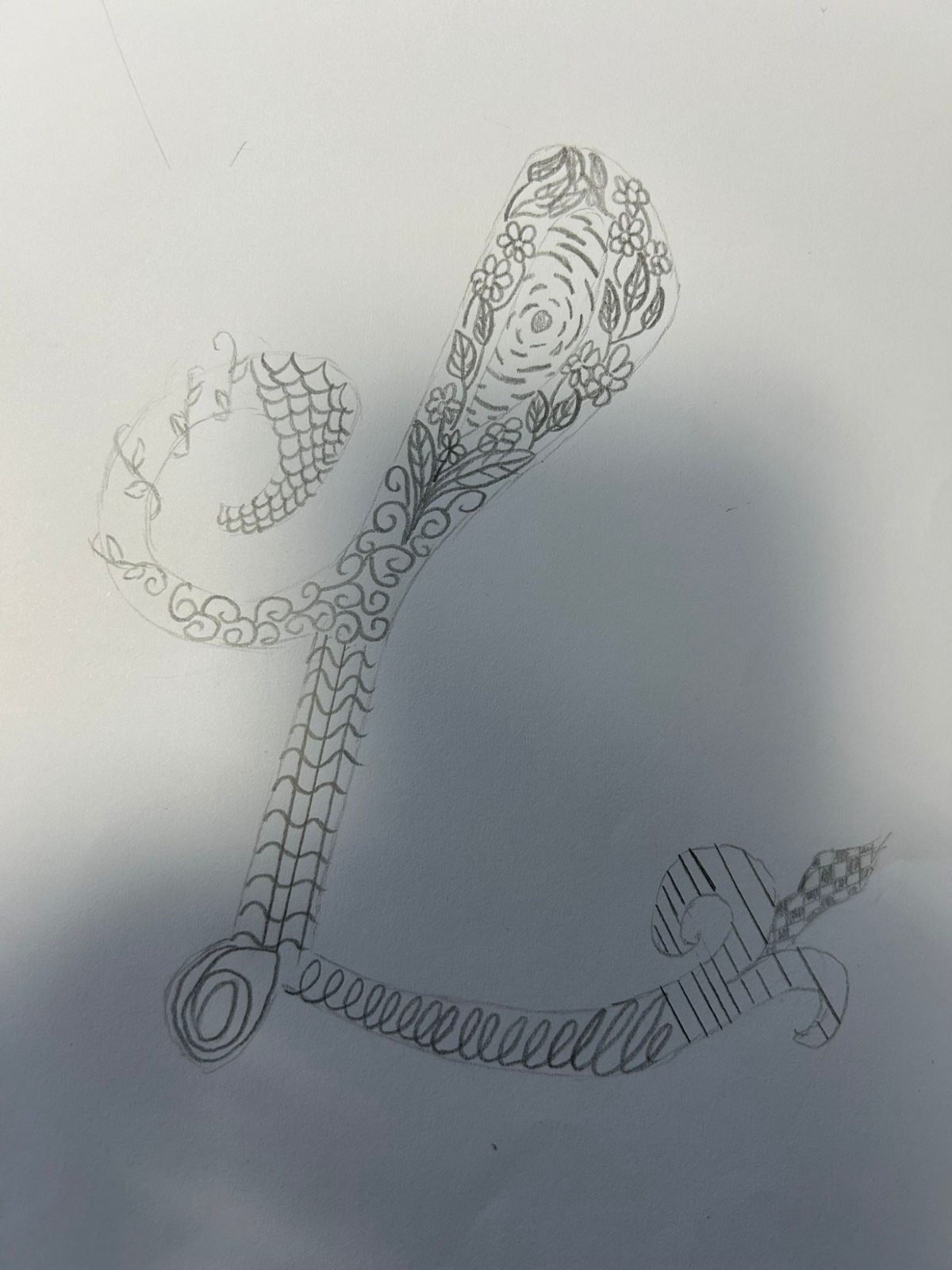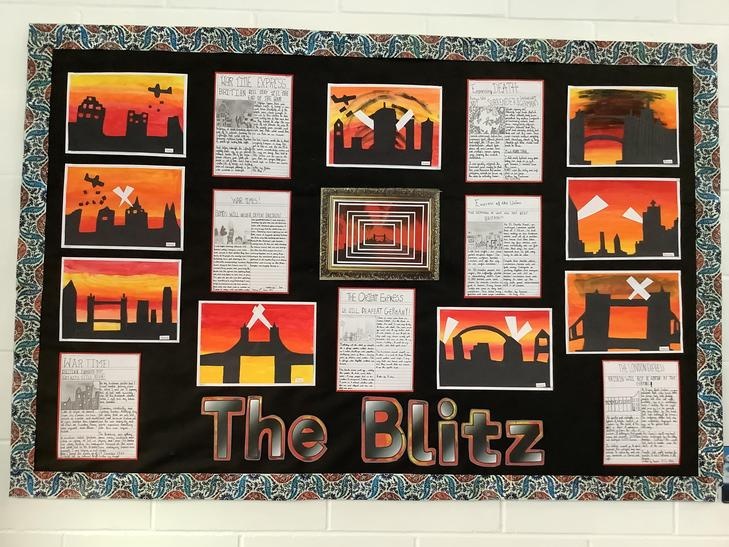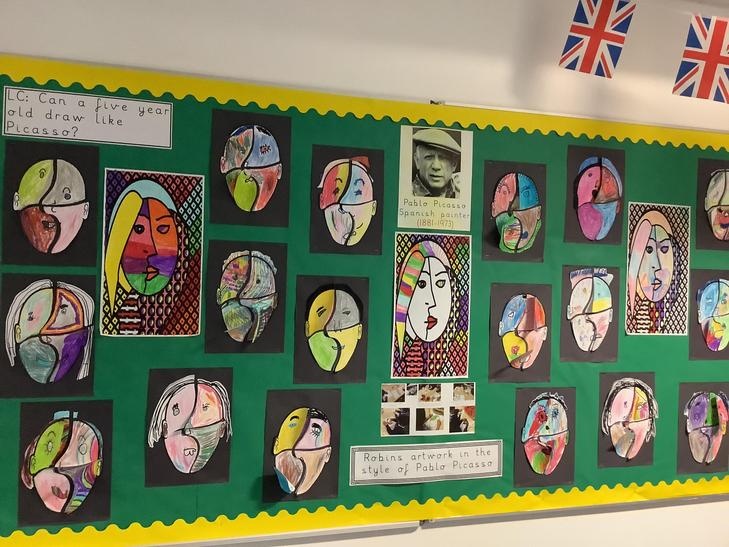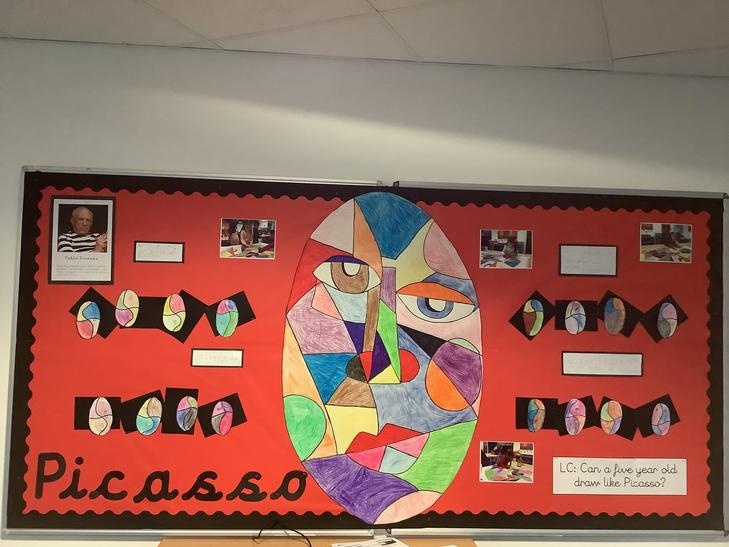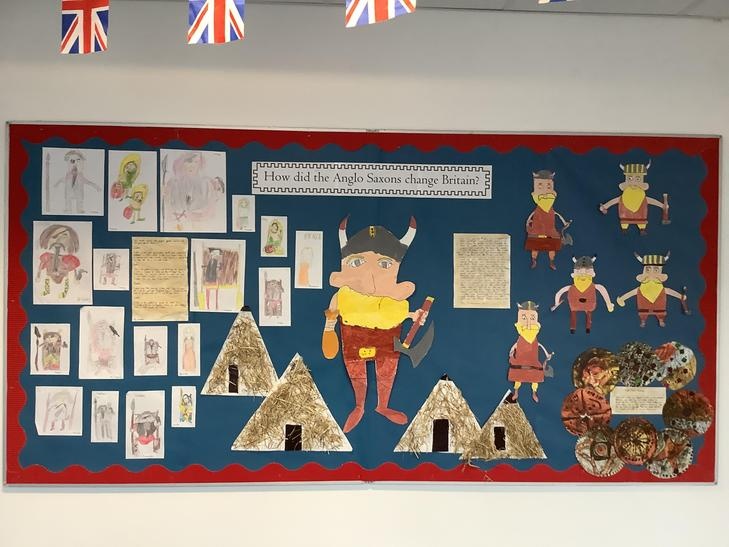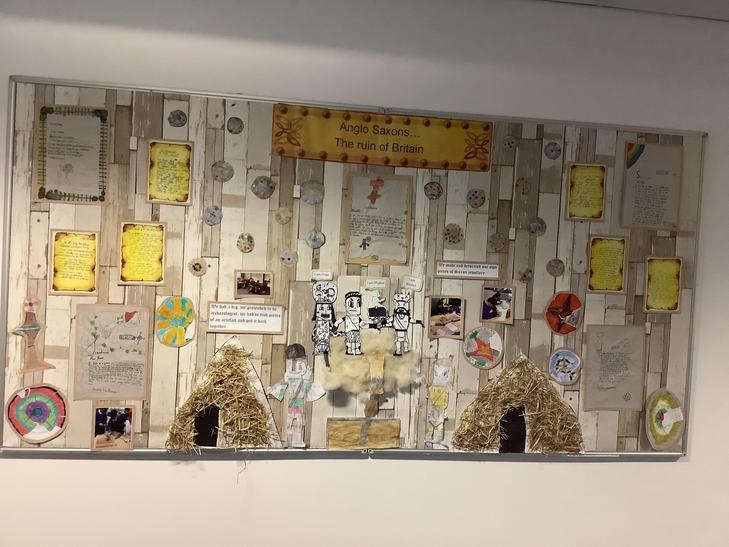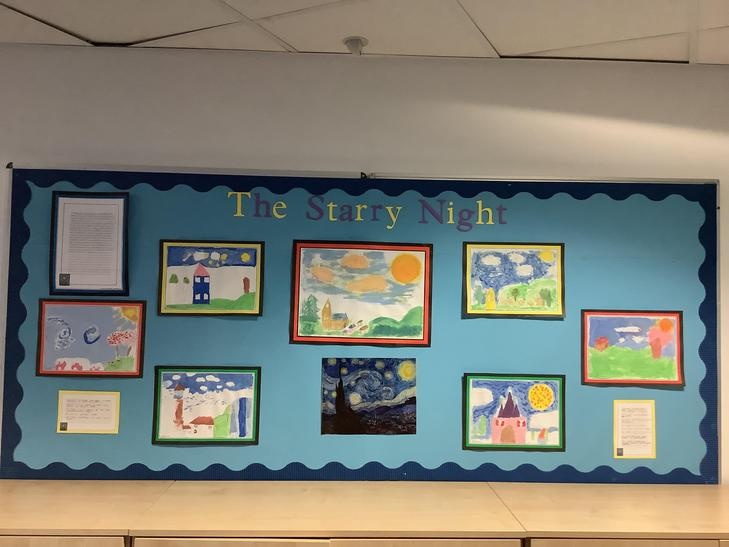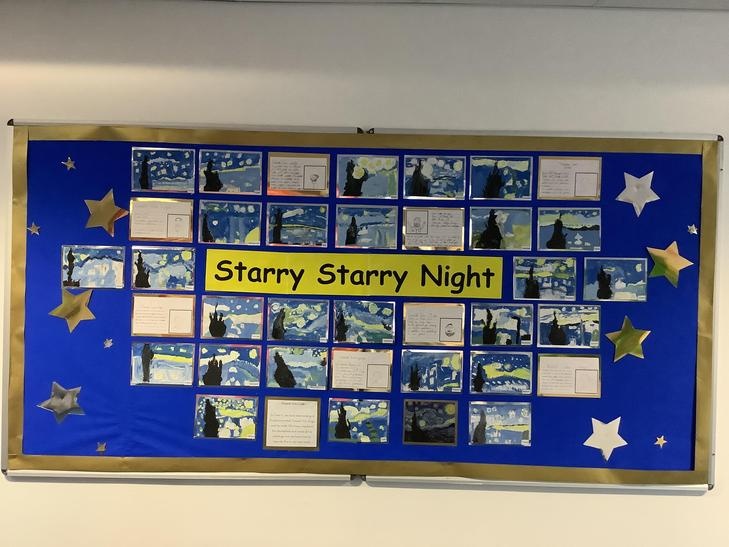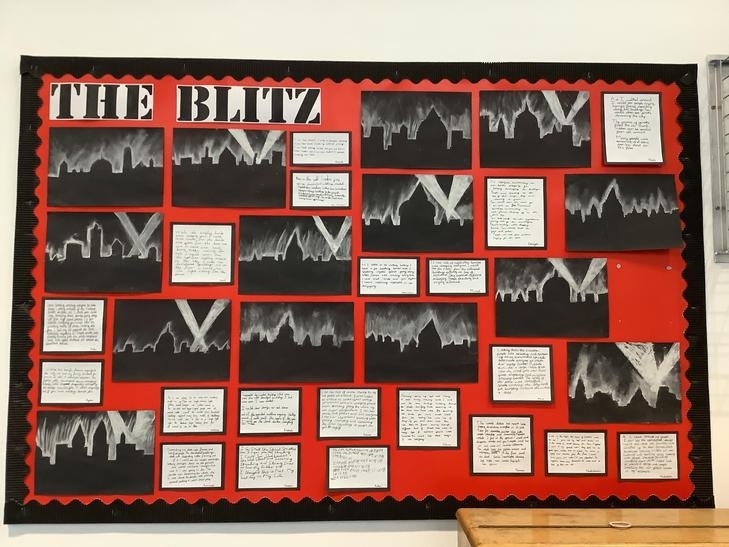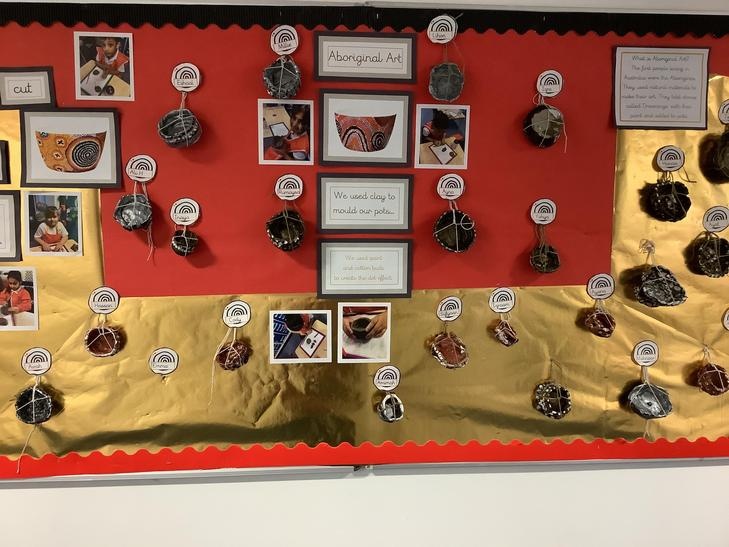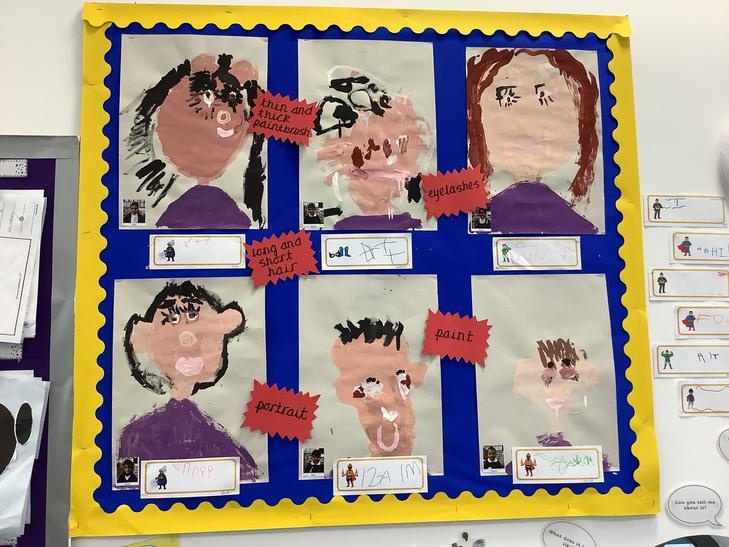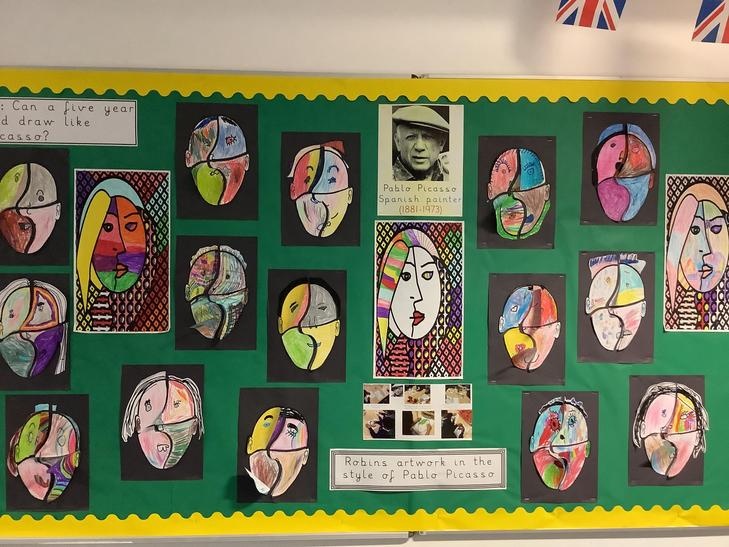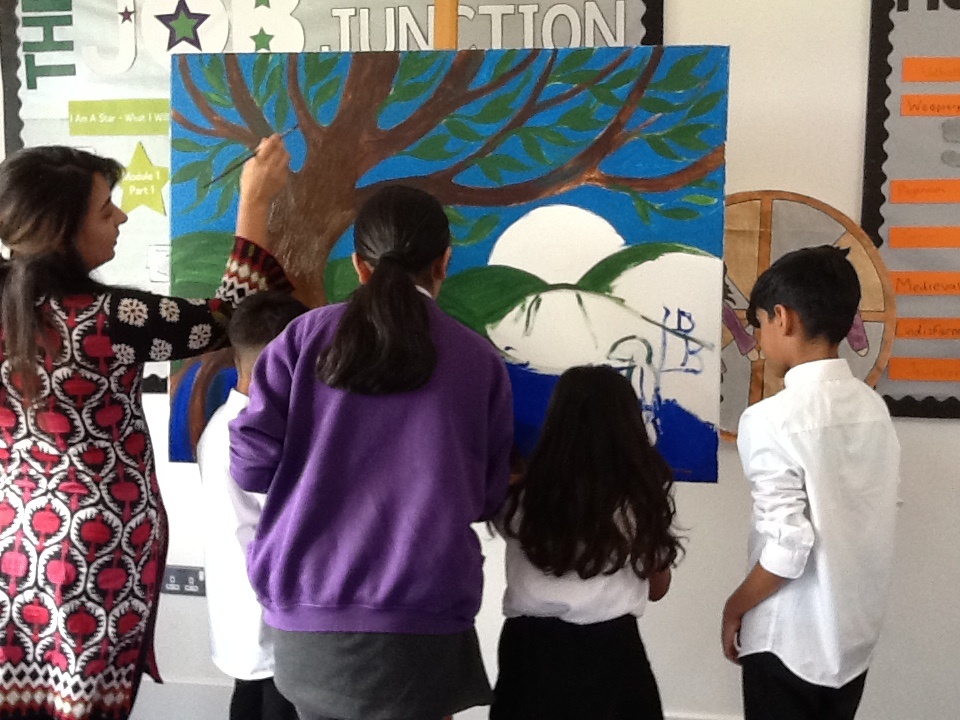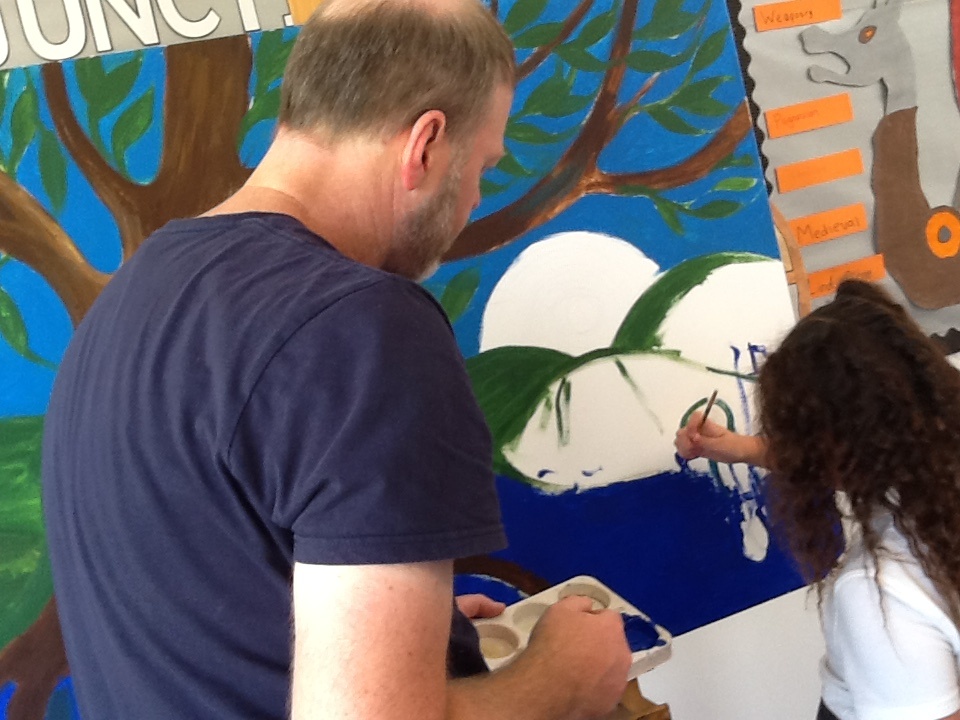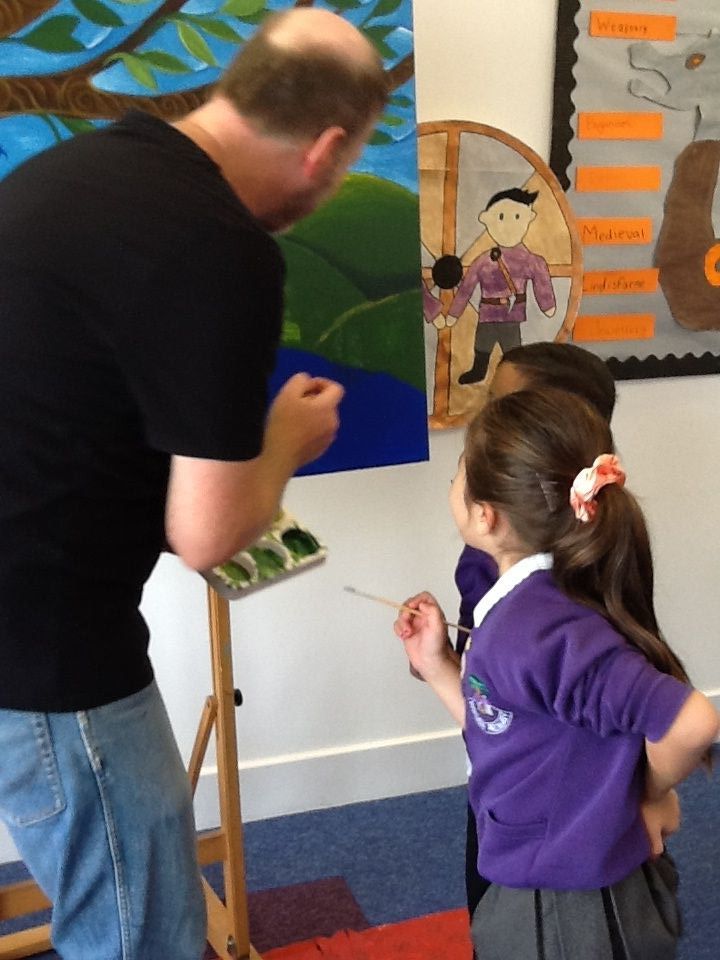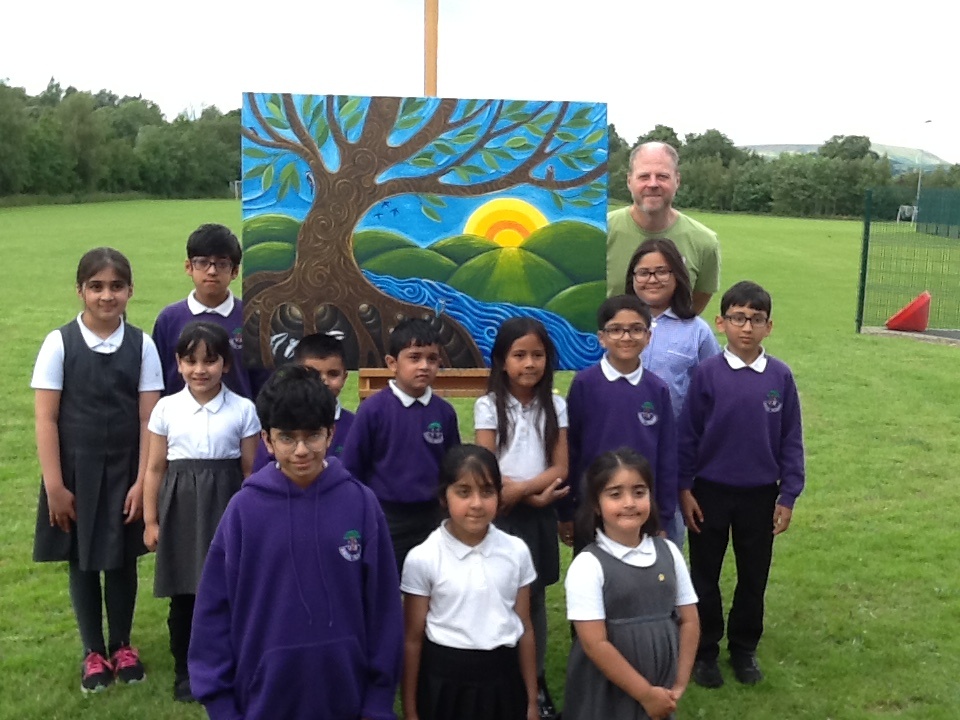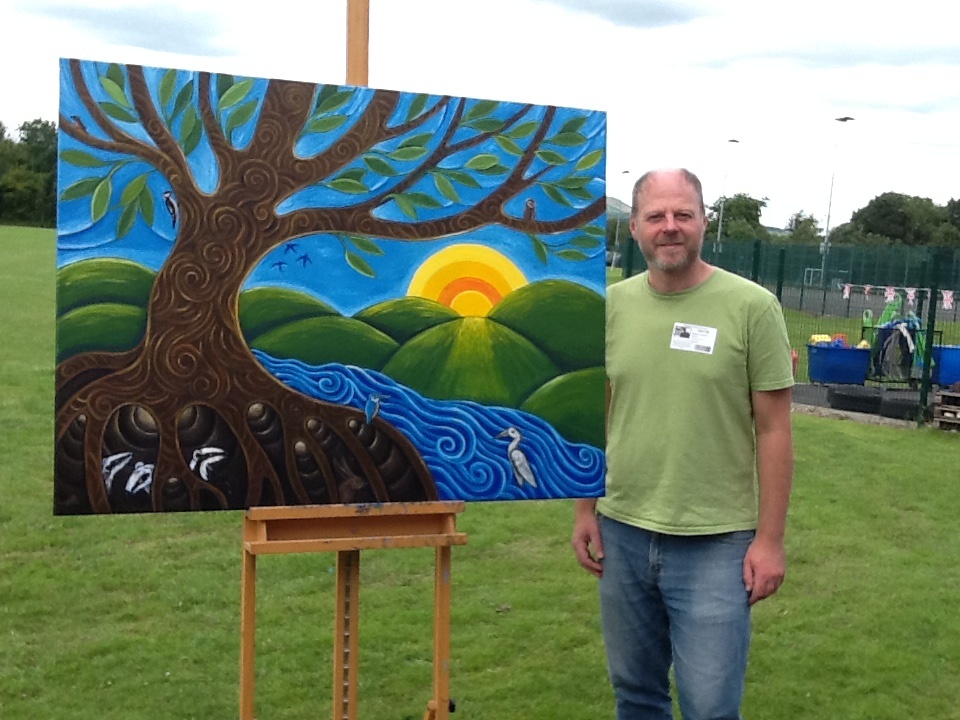Art and Design
Intent
At Barden, our Art and Design curriculum promotes curiosity and a love and thirst for learning. It is ambitious and empowers our pupils to become independent and resilient. It engages, inspires and challenges children, equipping them with the knowledge and skills to experiment, invent and create their own works of art. It enriches our children’s learning and enables them to communicate their thoughts, ideas and observations in a practical and expressive way. In talking about art and evaluating their own and others’ work, children are encouraged to develop their visual language, ideas and feelings. Through experience of a wide variety of materials, tools and techniques they have the opportunity to record creatively the world around them.
We want to enable our children to develop proficiency in the skills of drawing, painting, collage and sculpture, through the provision of stimulating and varied resources, including a diverse range of artist’s work from a wide variety of eras, cultures and backgrounds. These resources are carefully selected to support and enhance other curriculum areas with the overall aim of developing a rigorous understanding, critical awareness and inspiration of art and design..
We aim to engage and inspire children to develop a love and appreciation of art and artists, to nurture their natural talents as individuals, increase their self-confidence, creativity and sense of achievement and to enable them to understand how art and design both reflects and shapes our history and contributes to the many cultures that surround us today. Children will develop their understanding of the visual language of art with effective teaching and carefully thought out sequences of lessons and experiences. Understanding of the visual elements of art and design (line, tone, texture, colour, pattern, shape, form) will be developed by providing an accessible and engaging curriculum which will enable children to reach their full potential. The curriculum is meticulously planned with the intention to address social disadvantage and ensure that all pupils, including those with SEND – have an opportunity to engage with a challenging curriculum and achieve success. Any gaps in pupils’ knowledge are quickly identified and addressed to ensure that pupils are supported to meet the ambitious intended end points of the curriculum in art & design.
Our Art & Design curriculum is focused upon the development of practical, theoretical and disciplinary knowledge. Art & Design is progressively sequenced to ensure that pupils gain appreciation of the life and period of the artists, designers, craftsperson being studied. This enables an understanding of the motivation of the artist. The theoretical aspect of art is developed through discovery of the chronology and history of art, materials and processes used by artists. Through practical work, the pupils learn the discipline of the subject and apply their knowledge and skills to think and work as an artist. Artists are studied across a variety of periods such as traditional, modern and contemporary art. This supports pupils to appreciate various art movements and the developments within these periods which are fundamental to understanding the different types of art that shape modern history. Cultural capital development is addressed through art gallery visits, online exploration, artist visits to school and first-hand experiences. We enrich pupils’ time in our school with memorable, unforgettable experiences and provide opportunities to engender an appreciation of human creativity and achievement.
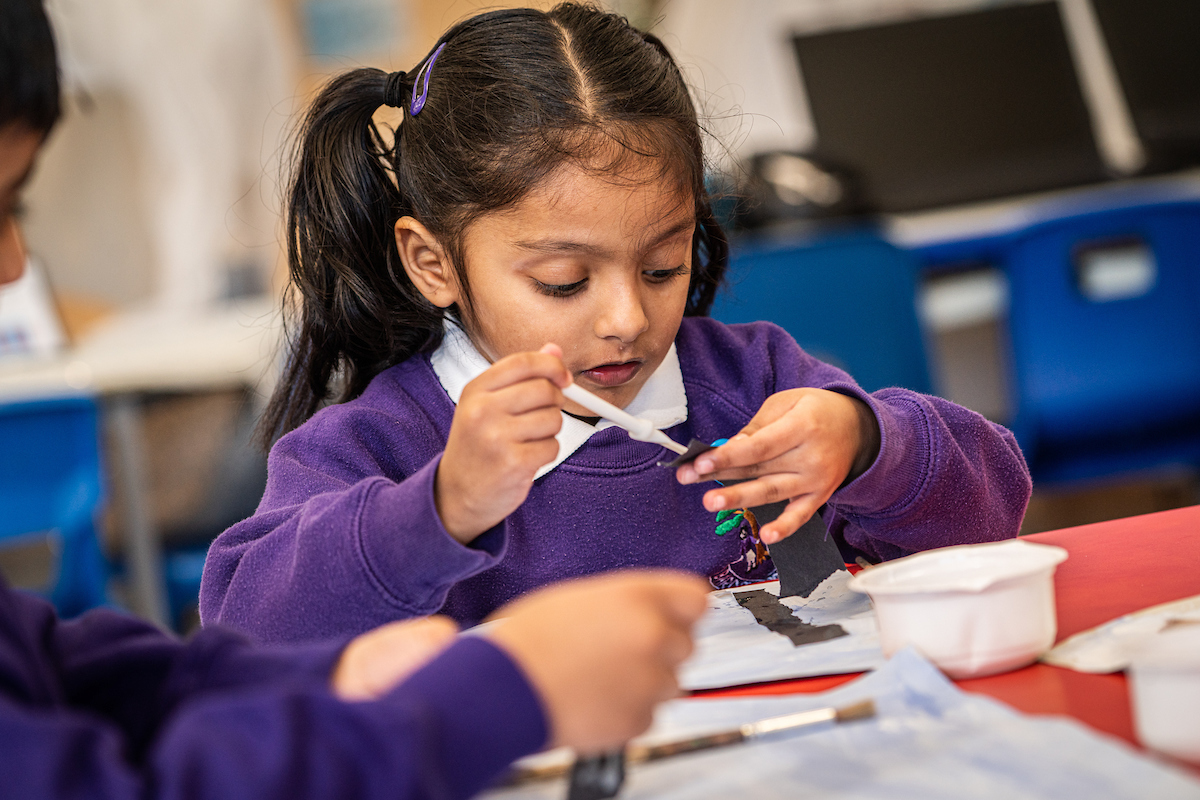
Implementation
Our art and design curriculum allows children to show their creative imagination, allowing children to find new ways of expressing themselves and believing in themselves as artists, as well as providing them with opportunities to practice and develop mastery in the key processes of art: drawing, painting, collage, and sculpture. This is supported through the studying of key artists, architects, designers and craft makers and great artists from different points in history. Children are exposed to a range of artists through the three paradigms of time (traditional, modern, and contemporary) where they can gain an understanding of their style and choose elements of their work to use in their own unique piece. The substantive and disciplinary knowledge that children will develop throughout each art topic is mapped across each year group and throughout the school to ensure progression. The emphasis on knowledge ensures that children understand the context of the artwork, as well as the artists that they are learning about and being inspired by their different techniques and artwork. We ensure application of knowledge in various contexts, adapting lessons where necessary so that children develop schemas and both substantive and disciplinary knowledge is stored in the long-term memory.
The art & design curriculum is research evidence informed in relation to the content, delivery and process of learning. We follow a broad and balanced Art and Design curriculum that builds on previous learning and provides both support and challenge for learners. The teaching of the Art & design curriculum is planned and delivered to support pupils to transfer key knowledge into their long-term memory and therefore improve the progress they make. Each lesson within a unit of work is carefully crafted and builds upon what has been previously taught from one year to the next. . Our Art and Design curriculum is organised into blocks with each block covering a particular set of artistic disciplines, including drawing, painting, printmaking, textiles, 3D and collage. Pupils take inspiration from artists, craftspeople and designers throughout history to help generate ideas for their work. They explore and practice the knowledge, skills and techniques involved in the unit and use their sketchbooks to record their observations and to review and revisit ideas before producing a final piece. This process is replicated for each art and design unit.
Lessons are taught in blocks on a half-termly basis and involve studying existing pieces of art, exploring aspects of these, with a particular focus on the necessary skills, before completing a final piece. The teaching of art consists of a balance of substantive, theoretical and disciplinary knowledge where the children study relevant artists and their style. This enables children to then interpret the elements of art and how they can be used and combined to create their desired effect. Central to the curriculum are activities designed to develop pupils’ oracy and vocabulary skills to enable them to use artistic language meaningfully when talking about their work and the work of others.
Children’s work will be documented in their Art and Design sketch books for reference and assessment.
Art is assessed through verbal constructive feedback and next steps, with further opportunities to create the art piece, to improve their work and ensure that the skills are being developed. The evidence of their work is collected within the art sketch book which follows the children through the school. Photographs of larger, group or 3D pieces are also kept within this book. Summative assessments take place throughout the year and teachers review the progress and attainment against the National Curriculum expectations of attainment and the Knowledge and skills progression documents. Teachers use this information to inform future lessons; ensuring children are supported and challenged appropriately. The children’s achievements are celebrated on their End of Year report to parents. Here judgements are made on their effort, achievement, and progress within art and design. Children in Foundation Stage are assessed within Expressive Arts and Design and their progress is tracked using the EYFS curriculum. Age related expectation levels are reported to parents at the end of the reception year.
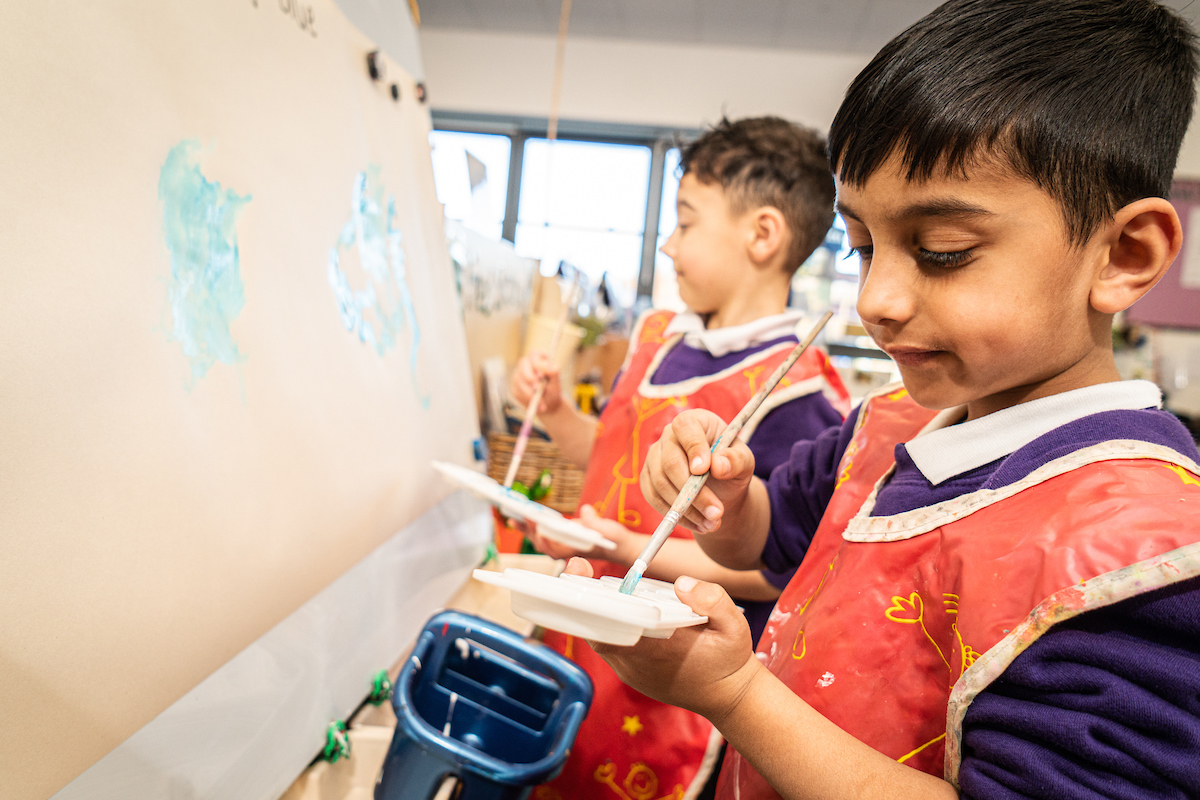
Impact
The result of our well constructed Art and Design curriculum is an enjoyable, engaging and high–quality art education that provides children with the foundations and knowledge to become creative and inspired artists. Our children will not only acquire the appropriate age-related knowledge, but also skills which will equip them to progress into further education and their everyday lives with rich artistic vocabulary. They will become confident artists, who can use a range of materials, skills and techniques, understand how to manipulate materials and apply these to their own works of art. They will have a sound knowledge about great artists, near and far, past and present and understand what inspired them to create and then in turn be inspired themselves. Children will understand and appreciate the value of Art and Design in the context of their personal wellbeing and the creative and cultural industries. The Art and Design curriculum will contribute to children’s personal development in creativity, independence, judgement and self-reflection. As a result, pupils will be able to talk confidently and artistically about their work and share their work with others. Children will be well prepared for the next steps and stages of their learning due to the progressive and well sequenced curriculum. As a result, pupils make excellent progress, they know more and remember more as they move through the art & design curriculum at Barden Primary.
Progress will be shown through outcomes and through the important recording of the process leading to them. Progress in Art and Design is demonstrated through regularly reviewing and scrutinising children’s work, to ensure that progression of skills is taking place. Namely through:
-
Looking at pupils’ sketch books, especially over time as they gain skills and knowledge
-
Observing how they perform in lessons
-
Talking to them about what they know
-
Knowledge captured tasks
-
Outcomes within sketchbooks and practical work produced.
All of this information is gathered and reviewed. It is used to inform further curriculum developments and provision is adapted accordingly.
At Barden we aim for all children to leave our school equipped with a range of techniques and the confidence and creativity to form a strong foundation for their Art and design learning at Key Stage 3 and beyond.
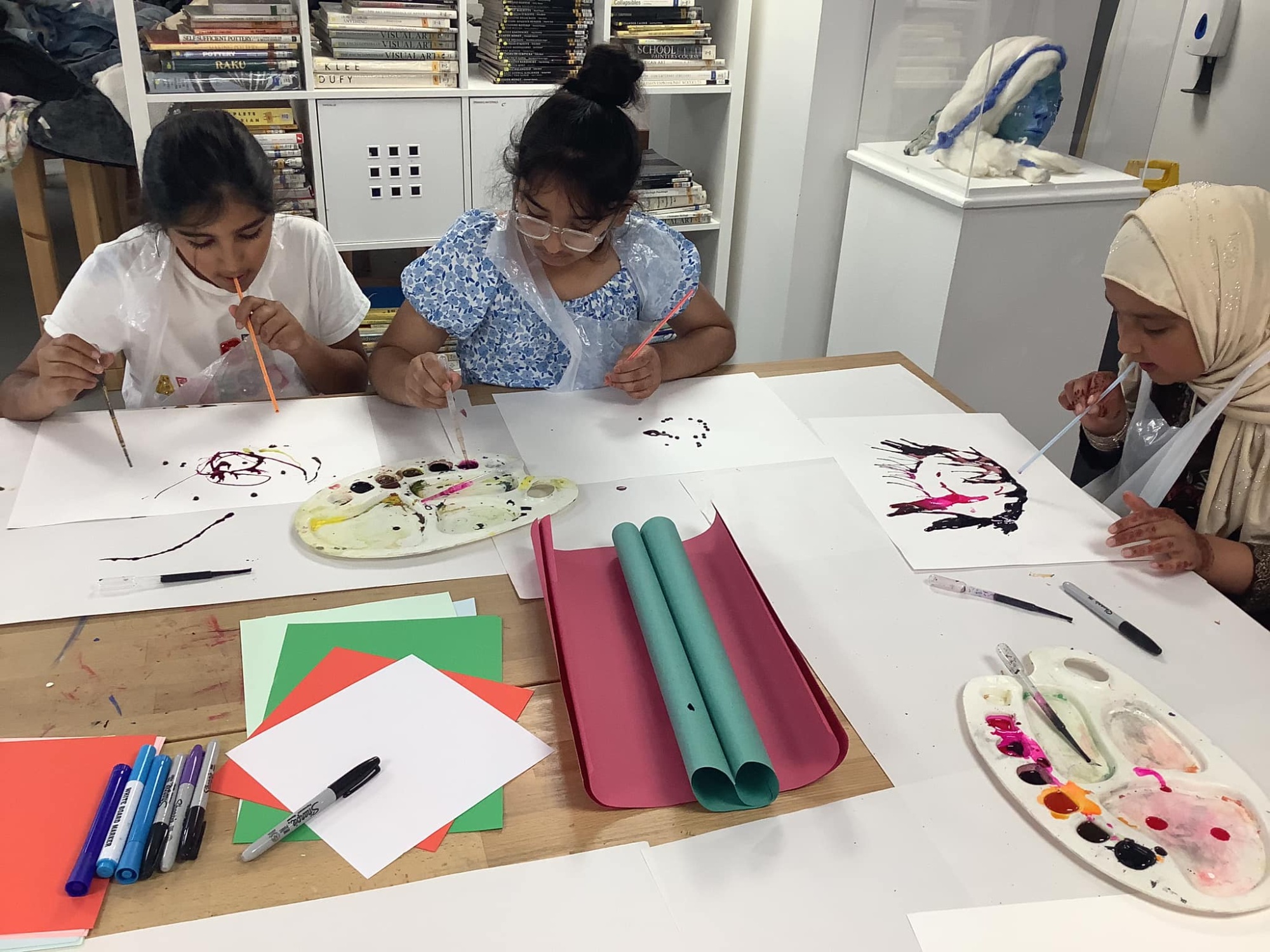
Barden's Art Curriculum Overview
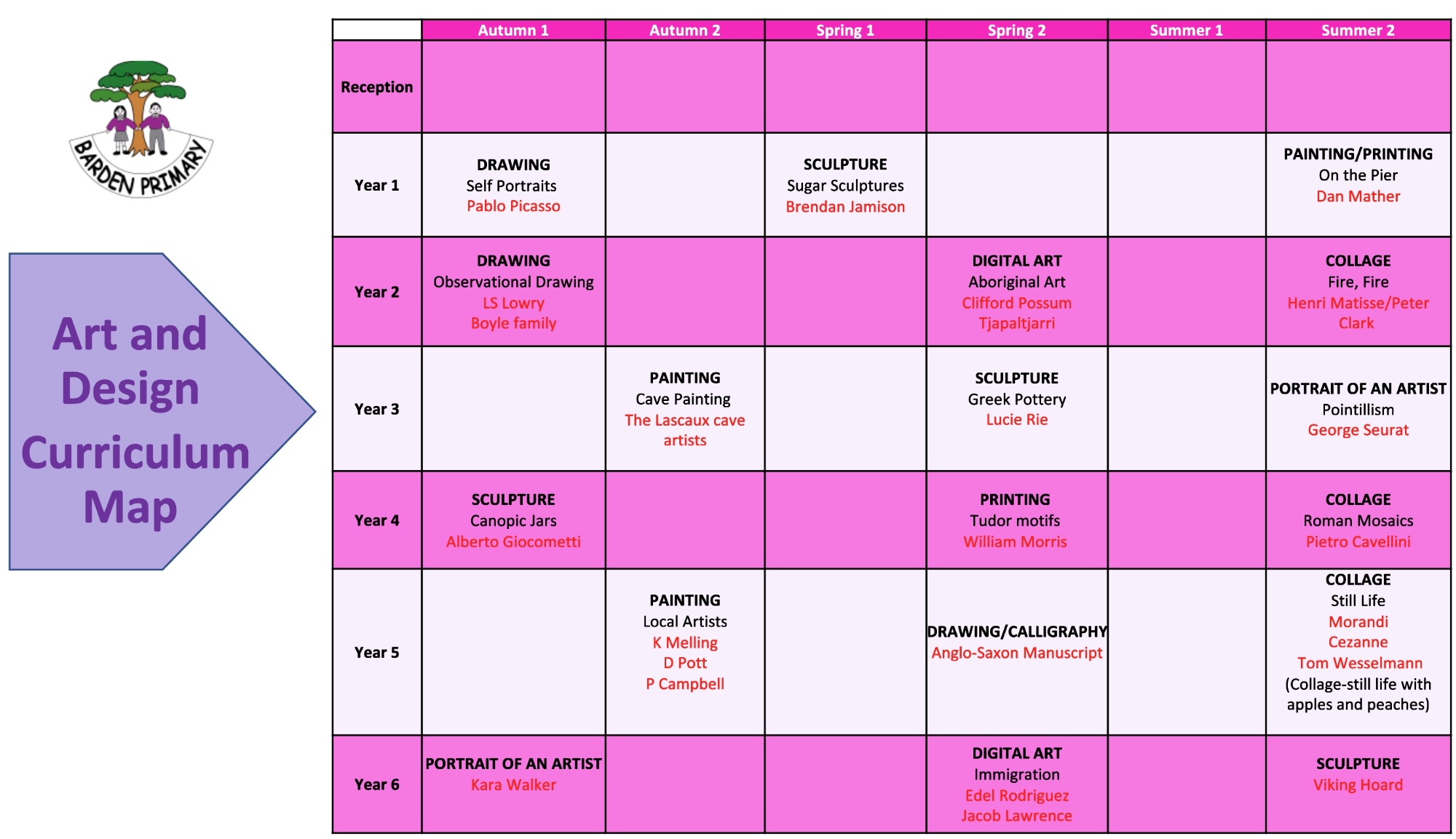
Pupil Work
Displays
At Barden, we take pride in our school environment and this is reflected through all of our creative displays. Our displays throughout school, in corridors and classrooms, are often art influenced. There are a range of art displays in school which showcase different art skills and techniques such as drawing, painting, collage, ceramic mosaic and 3D sculpture.
All of our art displays include key information about Artists and examples of quality artwork.
Other seasonal displays throughout school such as Christmas and Easter also showcase our amazing artwork through these themes.
Enrichment
At Barden, year groups, including EYFS, take part in exciting and inspiring art workshops in and out of school. We have a range of local Artists and art specialists who come in to work alongside the teachers and children to model and work on year group specific art knowledge, skills and techniques.
Art Week 2023
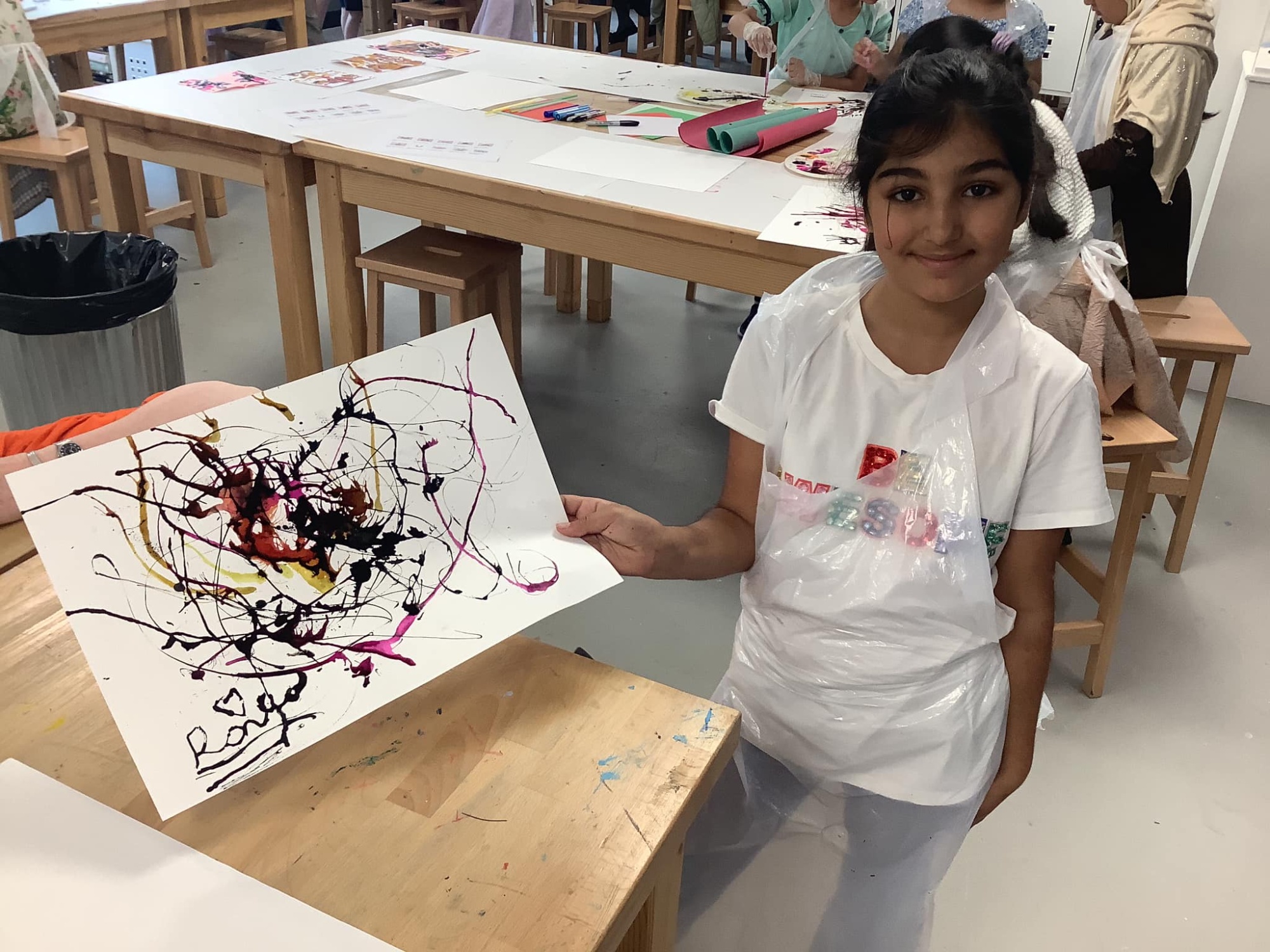
Parent Help/Links
These websites are a great resource to support you in engaging in art and design learning at home.
If you do any amazing art and design activities at home, don't forget to email your child's class teacher. You might get to see your photos on this page!
- The Tate for KidsThis website has an amazing array of online art content for kids from the Tate Gallery. Art quizzes, opportunities for creating online, art history and lots more.
- ArtsologyA huge range of art games and investigations designed to introduce children to art history.
- The National Geographic Kids Primary Resources WebsiteThis website has a wide variety of engaging art and design ideas, with accompanying resource sheets
- The Metropolitan Museum of ArtWebsite for children with videos, exhibitions and an interactive museum map allowing you to explore over 5000 years of art from across the globe.
- BBC BitesizeA range of videos, quizzes and activities for each key stage.
- The Oak National AcademyOnline art and design lessons, quizzes and activities
- All Kids NetworkA wide range of art and craft ideas with step by step instructions and templates
